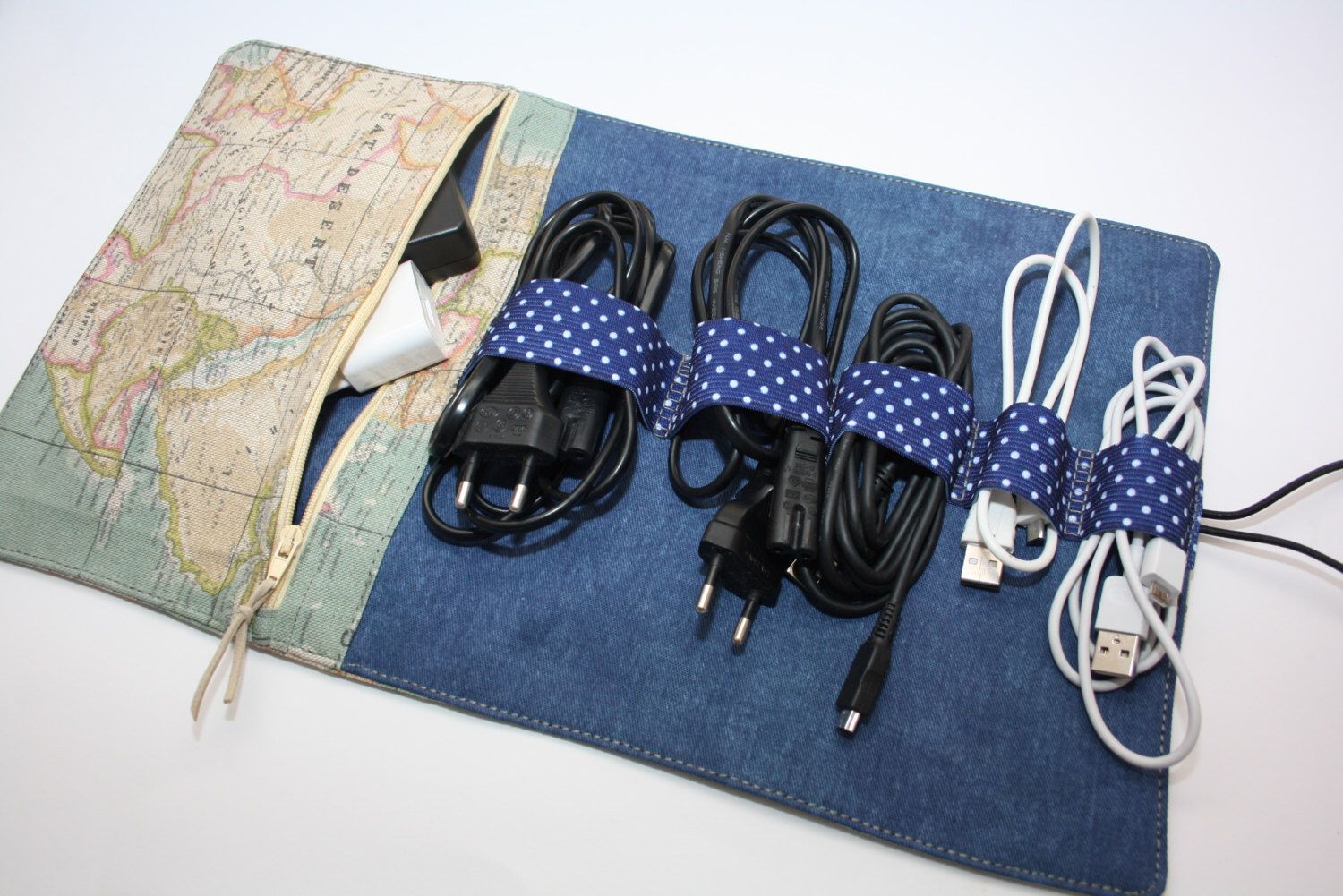

Articles
How To Store Charger Cords
Modified: August 26, 2024
Learn the best way to store charger cords and keep them tangle-free with our informative articles. Find practical tips and organization hacks to simplify your life.
(Many of the links in this article redirect to a specific reviewed product. Your purchase of these products through affiliate links helps to generate commission for Storables.com, at no extra cost. Learn more)
Introduction
In today’s modern world, it seems like we can’t live without our electronic devices. And with every device comes a charger cord. Whether it’s for our smartphones, tablets, laptops, or other gadgets, charger cords have become an essential part of our daily lives. But with so many cords lying around, it’s easy for them to become tangled, misplaced, or lost. That’s why it’s important to have an organized system for storing charger cords.
Having a clutter-free and organized space not only makes finding your charger cords easier but also helps prolong their lifespan. Storing charger cords properly can prevent them from getting damaged, tangled, or frayed over time. Additionally, a well-organized system will eliminate the frustration of untangling cords and save you time when you need to charge your devices.
In this article, we will explore various tips and techniques for storing charger cords effectively. From decluttering and organizing to using cable organizers and holders, we will cover it all. So, let’s dive in and discover the best ways to store charger cords!
Key Takeaways:
- Keep your charger cords organized by decluttering, categorizing, and using cable management systems. Labeling and identifying cords will save time and prevent confusion, while wrapping and bundling cords helps prevent tangling and damage.
- Utilize storage solutions such as drawers, boxes, hooks, and travel organizers to keep charger cords organized and easily accessible. Implementing these methods will save time, reduce frustration, and prolong the lifespan of your cords.
Read more: How To Store Chargers And Cables
Decluttering and Organizing Charger Cords
The first step to effectively store charger cords is to declutter and organize them. Start by gathering all your charger cords from different devices and untangling any knots or tangles. Once you have them all in one place, assess which cords are still in use and which ones are no longer needed. Disposing of old or unused charger cords will help reduce clutter and make it easier to organize the ones you actually need.
Next, determine a dedicated storage area for your charger cords. This could be a drawer, a box, or a designated space on your desk or countertop. Having a designated spot will prevent you from misplacing or losing your charger cords.
Consider categorizing your charger cords based on device type or length. This will make it easier to locate the specific cord you need when it’s time to charge your devices. You can use small dividers or even ziplock bags to keep similar cords together.
Furthermore, consider investing in a cable management system. These systems usually consist of a tray or box with slots or compartments to neatly arrange and store charger cords. They can be placed on your desk or mounted on the wall, providing a clean and organized look.
Another helpful tip is to use color-coded labels or tags to identify each charger cord. This can be especially useful if you have multiple cords that look similar but are meant for different devices. Labeling the cords will save you time and frustration when searching for the right one.
Lastly, make it a habit to regularly inspect and organize your charger cords. Over time, cords can become tangled or mixed up, so it’s important to take a few minutes to declutter and organize them periodically. This will ensure that your storage system remains efficient and your charger cords are always ready for use.
Using Cable Organizers and Holders
One of the most effective ways to store and manage charger cords is by using cable organizers and holders. These handy gadgets are designed to keep your cords neatly arranged and tangle-free.
One popular option is a cable organizer sleeve. This is a flexible and expandable sleeve that can hold multiple charger cords at once. Simply gather your cords together and insert them into the sleeve. The sleeve will keep the cords organized and prevent them from tangling. It’s a great solution if you have multiple cords charging from the same power outlet.
Another option is a cable clip or cord holder. These small clips can be attached to the edge of your desk, nightstand, or any other flat surface. Simply slide your charger cord into the clip, and it will hold it securely in place. This helps prevent your cords from falling off the edge and keeps them easily accessible.
If you prefer a more versatile solution, consider a cable management box. These boxes have multiple compartments and openings for charger cords to pass through. Simply place your cords inside the box and feed them through the designated slots. The box not only keeps your cords organized but also hides them from view, giving your workspace a cleaner and more streamlined look.
If you’re looking for a portable option, a cable organizer or wrap can be a great choice. These are small, compact accessories that allow you to easily wrap your charger cords and keep them organized on the go. Simply wrap the cord around the organizer, secure it in place, and toss it into your bag or pocket. This way, you’ll never have to deal with tangled cords or searching for the right one when you’re out and about.
Remember to choose cable organizers and holders that are compatible with the type and thickness of your charger cords. Some organizers may be better suited for thicker cords, while others are designed for thinner ones.
Using cable organizers and holders not only keeps your charger cords organized but also helps extend their lifespan by preventing tangles and fraying. With these handy tools, you can say goodbye to the frustration of untangling cords and hello to a clutter-free and efficient charging experience.
Labeling and Identifying Charger Cords
Labeling and identifying your charger cords is an essential aspect of organizing them effectively. It can save you time and frustration by easily distinguishing between cords meant for different devices or purposes.
One simple yet effective method is to use colored labels. Choose different colored labels or adhesive tapes and stick them near the end of each charger cord. Assign a specific color to each device or use different colors to indicate the cord’s length or purpose. This visual cue will make it easy to identify the cord you need at a glance.
Another option is to use label tags. These can be attached to the charger cords with small clips or ties. Write the name of the device or any other relevant information on the tag. This method works well if you have multiple cords of the same color or need to provide additional details about each cord, such as voltage or wattage ratings.
If you prefer a more digital approach, you can use cable identification apps or software. These apps allow you to assign names or icons to each charger cord in a virtual system. By scanning a barcode or entering a code on the app, you can easily identify and locate the desired charger cord. This method works well if you have an extensive collection of charger cords or frequently change devices.
For a more DIY solution, you can make your own cord labels using cable tags or even paper and clear packing tape. Write the necessary information on the tag or paper, then secure it around the charger cord with tape. This method is cost-effective and customizable, allowing you to personalize the labels to your liking.
Remember to be consistent with your labeling system. Use the same method and labeling technique for all your charger cords. This will ensure that you can easily identify and locate the right cord whenever you need it.
Labeling and identifying your charger cords not only saves time but also prevents confusion and the accidental unplugging of the wrong cord. With clear and visible labels, you’ll no longer have to play the guessing game when it comes to finding the correct charger cord.
Wrapping and Bundling Charger Cords
Wrapping and bundling your charger cords is an effective way to keep them organized, tangle-free, and easily accessible. There are several methods you can use to wrap and bundle your cords:
1. Velcro or Zip Ties: Velcro straps or zip ties are simple yet effective tools for wrapping and securing charger cords. Gather the cord into a loop or bundle and use the strap or tie to hold it in place. The advantage of using these tools is that they are adjustable and reusable, allowing you to easily add or remove cords as needed.
2. Rubber Bands: Rubber bands are another easy and cost-effective method for bundling charger cords. Simply wrap the rubber band around the cords, making sure to keep them neat and organized. However, be cautious not to wrap the rubber band too tightly as it may cause damage to the cords over time.
3. Cord Winders: Cord winders are specifically designed to wrap and store charger cords. These devices often have a spool-like design that allows you to wind the cord around them. Cord winders are compact and can easily fit into your bag or pocket, making them convenient for travel.
4. Cable Clips: Cable clips can be used to both secure and bundle your charger cords. These clips usually have multiple slots or grooves where you can insert the cords. The clips can then be mounted to a surface using adhesive backing, keeping the cords organized and within reach.
When wrapping or bundling your charger cords, it’s important to avoid tightly twisting or bending them. This can damage the cords and potentially affect their functionality. Instead, use loose wraps or gentle loops to keep the cords tidy.
If you have multiple charger cords with different lengths, consider bundling them together by using a cord keeper or cable sleeve. These are often made of fabric or neoprene material and have multiple sections to hold individual cords. Simply place the cords inside the sleeve or keeper and close it securely. This method is especially useful for organizing cords that are frequently used together, such as those for your laptop and its accessories.
By wrapping and bundling your charger cords, you’ll not only keep them organized but also prevent them from tangling and becoming a hassle to untangle. This method is particularly useful for cords that are not in constant use or those that you want to store neatly in a drawer or bag.
To prevent charger cords from tangling, try using a cord organizer or wrapping them around a small spool to keep them neat and tidy.
Read more: How To Store Charger Plates
Storing Charger Cords in Drawers or Boxes
When it comes to storing charger cords, drawers and boxes can be a practical and efficient solution. Not only do they keep your cords organized, but they also provide a concealed storage option, keeping your space clutter-free.
If you have a designated drawer or cabinet, consider using small storage containers or dividers to keep your charger cords organized. You can use various types of containers, such as small plastic bins or drawer organizers with different compartments. Arrange the cords neatly in the containers, ensuring that they are not tangled or mixed up.
Labeling the containers or dividers can further enhance the organization. This will allow you to quickly identify the specific charger cord you need without having to sift through a jumbled mess. You can use adhesive labels or even create your own with colorful tape and paper.
For a more portable storage solution, consider using a cable storage box or case designed specifically for charger cords. These boxes typically have individual slots or compartments to keep each cord separate and organized. They are often designed to accommodate cords of different lengths and thicknesses, making it easier to find the right one when you need it. Some cable storage boxes even come with built-in cable management features, such as cable clips or cable winders.
When using drawers or boxes to store charger cords, it’s important to avoid overcrowding. Make sure there is enough space for the cords to lay flat or be loosely coiled. Overcrowding can cause cords to tangle and become damaged over time. If you have an excessive number of cords, consider prioritizing the ones you use most frequently and storing the remaining cords in a separate box or container.
It’s also important to keep your cords clean and dust-free. Before storing them in drawers or boxes, wipe them down with a clean cloth to remove any dust or debris. This will help keep the cords in good condition and prevent any dirt from transferring onto other devices or surfaces.
Storing charger cords in drawers or boxes not only keeps them organized but also protects them from potential damage. Whether it’s a dedicated drawer or a portable storage box, having a designated space for your charger cords ensures easy access and a clutter-free environment.
Hanging Charger Cords on Hooks or Clips
If you’re looking for a space-saving and visually appealing way to store your charger cords, consider hanging them on hooks or clips. This method keeps your cords organized and within reach while adding a touch of style to your space.
One option is to use adhesive cable clips or hooks. These small hooks or clips can be attached to the edge of your desk, wall, or any other surface. Simply slide the charger cord into the clip or hook, and it will hold it securely in place. This method works well for cords that are frequently used or need to be easily accessible.
Another option is to use cable clips or cord organizers that are specifically designed to be mounted on a wall or other vertical surfaces. These organizers often have multiple slots or grooves to hold several cords at once. They can be mounted using adhesive backing or screws, depending on your preference. This method is great for creating a dedicated charging station or keeping cords organized in a specific area.
If you prefer a more versatile solution, consider using a cable drop or cable management sleeve. These devices allow you to hang and manage multiple charger cords at once. Cable drops are small adhesive clips that can be attached to a surface, while cable management sleeves are fabric materials with built-in slots for cords. Simply slide the cords into the slots or clips, and they will be held in place. This method is ideal for cords that are often used simultaneously, such as those for a computer setup or entertainment center.
If you want a decorative option, you can use decorative hooks or hangers to hang your charger cords. These hooks or hangers can be mounted on the wall or hung from a rack or pegboard. Choose ones that match your décor or add a pop of color to your space. Not only will this keep your cords organized, but it also adds a unique and personalized touch to your environment.
When hanging charger cords on hooks or clips, it’s important to avoid placing too much strain on the cords. Make sure they are loosely hung or gently wrapped around the hooks. This will prevent any unnecessary tension or damage to the cords.
Hanging your charger cords on hooks or clips not only keeps them organized but also frees up space on your desk or countertop. It provides a visually pleasing and convenient way to access your cords while adding a stylish element to your space.
Travel Storage Solutions for Charger Cords
When it comes to traveling, keeping your charger cords organized and tangle-free is essential. Here are some travel storage solutions for charger cords that will ensure you have a hassle-free experience:
1. Cord Travel Organizer: Invest in a cord travel organizer specifically designed to keep your charger cords organized while on the go. These organizers typically have compartments or pockets to hold different cords and accessories. They often feature elastic loops or straps to secure the cords in place and prevent them from tangling. Cord travel organizers are compact and lightweight, making them ideal for fitting into travel bags or carry-ons.
2. Zipper Pouch or Case: A simple yet effective solution for storing charger cords during travel is using a zipper pouch or case. These pouches come in various sizes and designs, allowing you to customize your storage according to your needs. Place your charger cords neatly inside the pouch and zip it shut to keep them secure. To further organize your cords, consider using smaller zip-lock bags or cable ties within the pouch to keep them separated.
3. Cable Wrap: Consider using a cable wrap or cord roll to keep your charger cords organized and compact. These wraps are made of fabric or neoprene and often feature slots to hold individual cords. Simply wind the cord around the wrap and secure it in place using the fastener or snap buttons. Cable wraps are lightweight and take up minimal space in your travel bag or luggage.
4. Tech Travel Bag: Opt for a tech travel bag that has dedicated compartments and pockets for charger cords. These bags often have designated sections to hold various electronic accessories, including charger cords, adapters, and power banks. Look for a bag with padded compartments to protect your cords from damage during transit.
5. DIY Solutions: If you prefer a more budget-friendly option, there are several DIY solutions you can consider. One idea is to repurpose a sunglasses case or a small tin container to hold your charger cords. Simply coil the cords neatly and place them inside the case or tin. Another DIY option is using a simple rubber band or hair tie to bundle your charger cords together and keep them organized in your bag.
Remember to remove any unnecessary cords from your travel storage solution to save space and reduce clutter. Only pack the charger cords that are essential for your trip to keep your travel setup compact and manageable.
By utilizing these travel storage solutions for charger cords, you can ensure that your cords remain organized, tangle-free, and easily accessible during your travels. No more digging through a messy tangle of cords in your bag – now you can enjoy a stress-free travel experience!
Conclusion
Keeping your charger cords organized and easily accessible is essential for a clutter-free and efficient lifestyle. With the numerous electronic devices we rely on daily, it’s no surprise that charger cords can quickly become a tangled mess. However, by implementing the right storage solutions, you can transform the chaos into a well-organized system.
We’ve explored various methods for effectively storing charger cords, from decluttering and organizing to using cable organizers and holders. Decluttering your cords and determining a dedicated storage space is the first step towards maintaining an organized system. Using cable organizers and holders, such as cable clips, sleeves, or winders, helps prevent tangling and keeps your cords neatly arranged.
Labeling and identifying your charger cords is another crucial aspect of maintaining an organized setup. Whether you choose to use colored labels, tags, or digital labeling systems, clearly marking each cord makes it easier to find the one you need quickly and efficiently.
Wrapping and bundling charger cords is an effective way to keep them organized and tangle-free. Utilizing velcro straps, zip ties, or dedicated cord winders helps prevent cords from getting tangled and extends their lifespan.
Storing charger cords in drawers, boxes, or using hooks and clips offers practical and space-saving solutions. These storage methods keep cords organized, easily accessible, and protect them from damage. Travel storage solutions, such as cord organizers or zipper pouches, are specifically designed to keep charger cords organized while on the go.
In conclusion, taking the time to implement effective storage solutions for your charger cords not only saves you time and frustration but also helps prolong the lifespan of your cords. Maintaining an organized system allows you to easily find the right charger cord when you need it and eliminates the hassle of untangling tangled cords.
Remember to choose the storage solutions that best fit your needs and preferences. Whether it’s a cable organizer, labeling system, or travel storage case, find the methods that work best for you and your lifestyle. With an organized and clutter-free system, you can enjoy a seamless and efficient charging experience every day.
Frequently Asked Questions about How To Store Charger Cords
Was this page helpful?
At Storables.com, we guarantee accurate and reliable information. Our content, validated by Expert Board Contributors, is crafted following stringent Editorial Policies. We're committed to providing you with well-researched, expert-backed insights for all your informational needs.
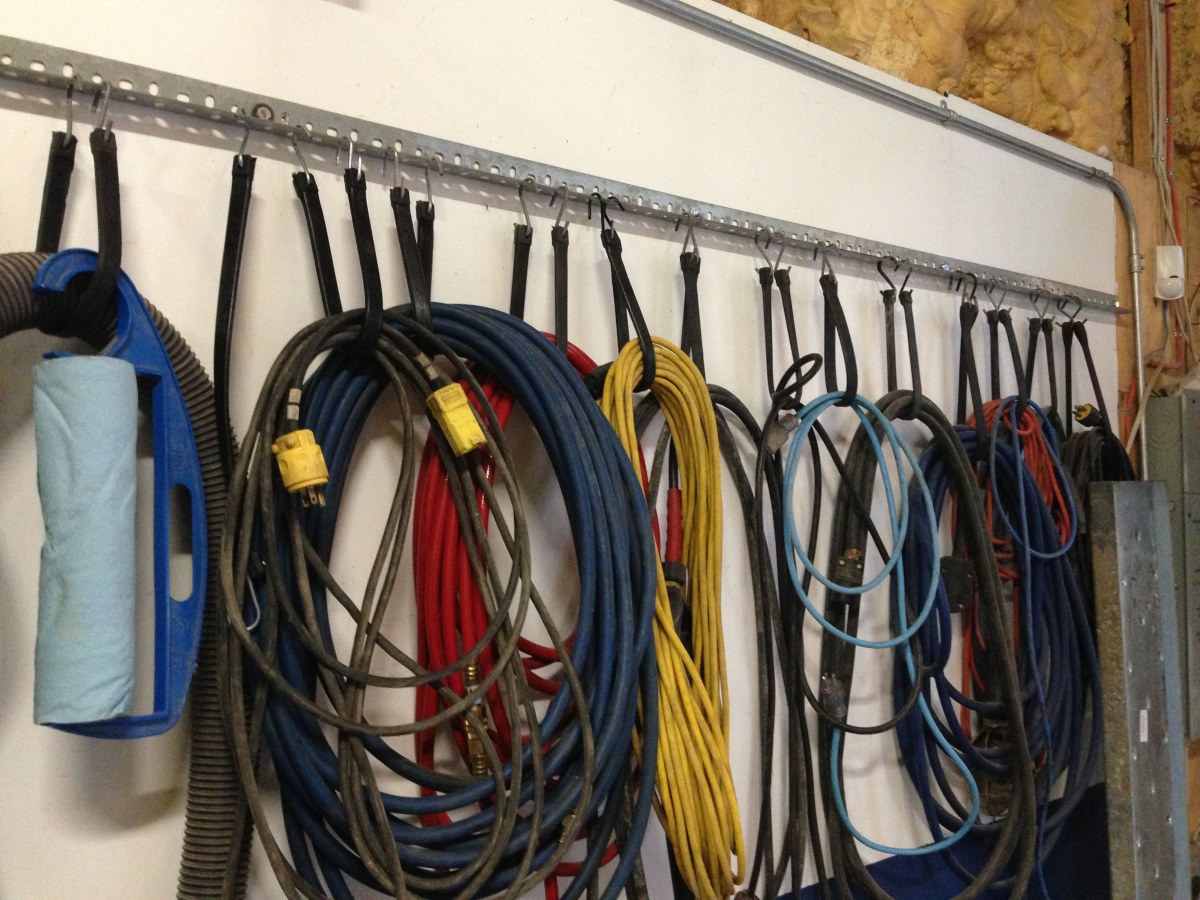
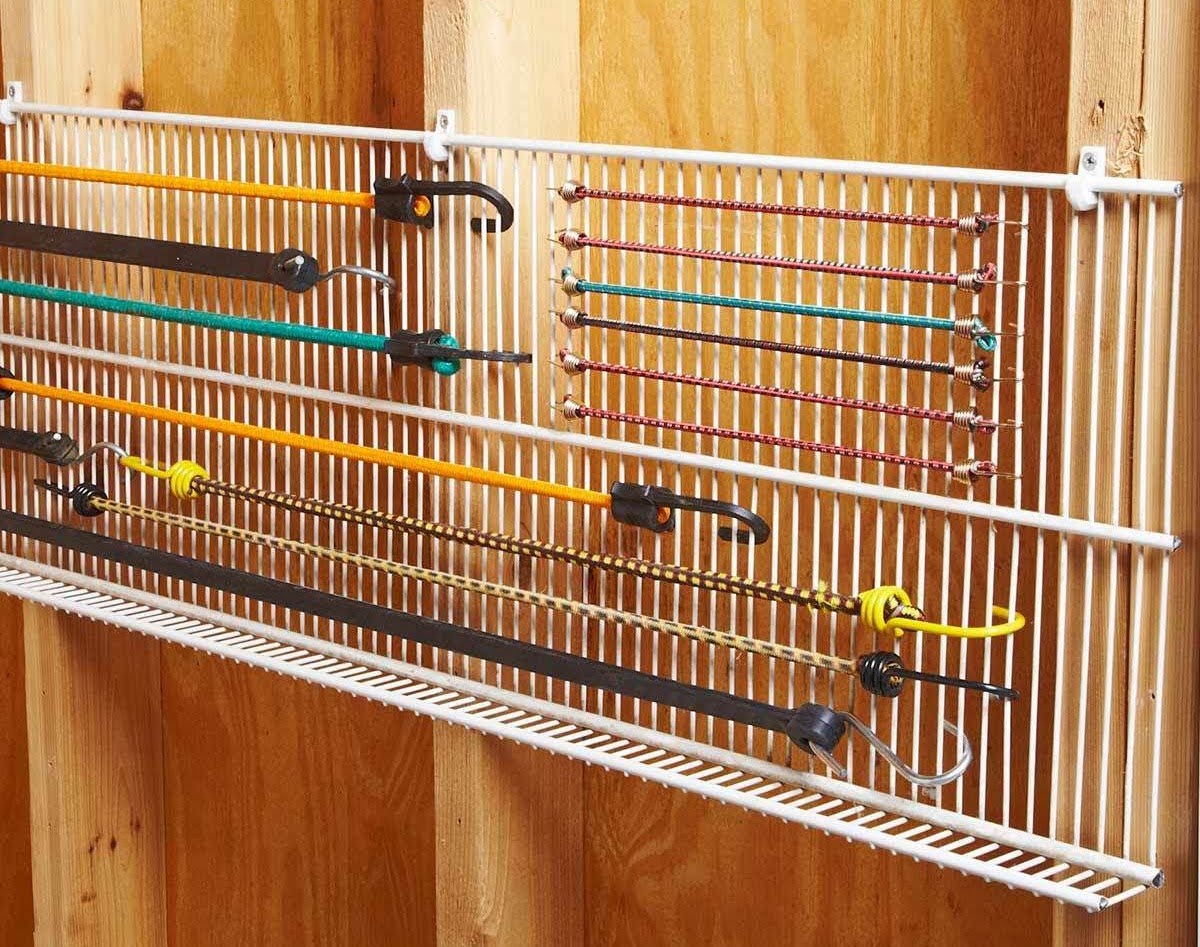
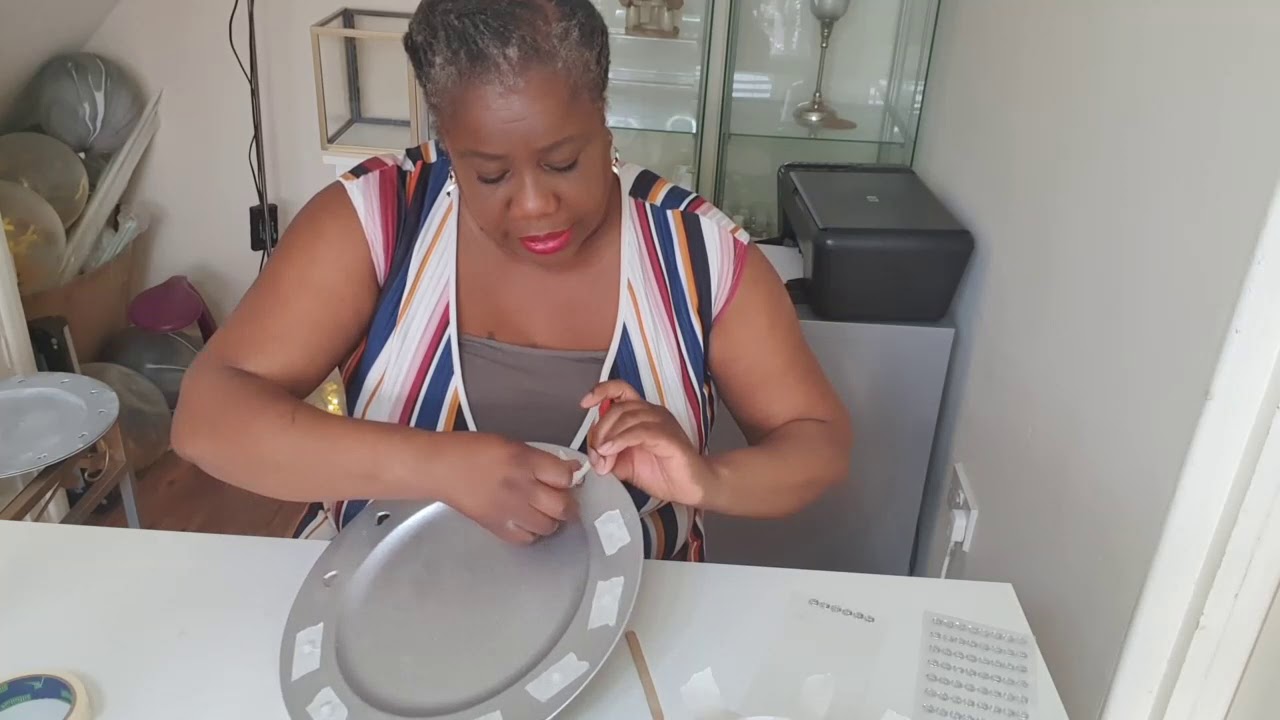
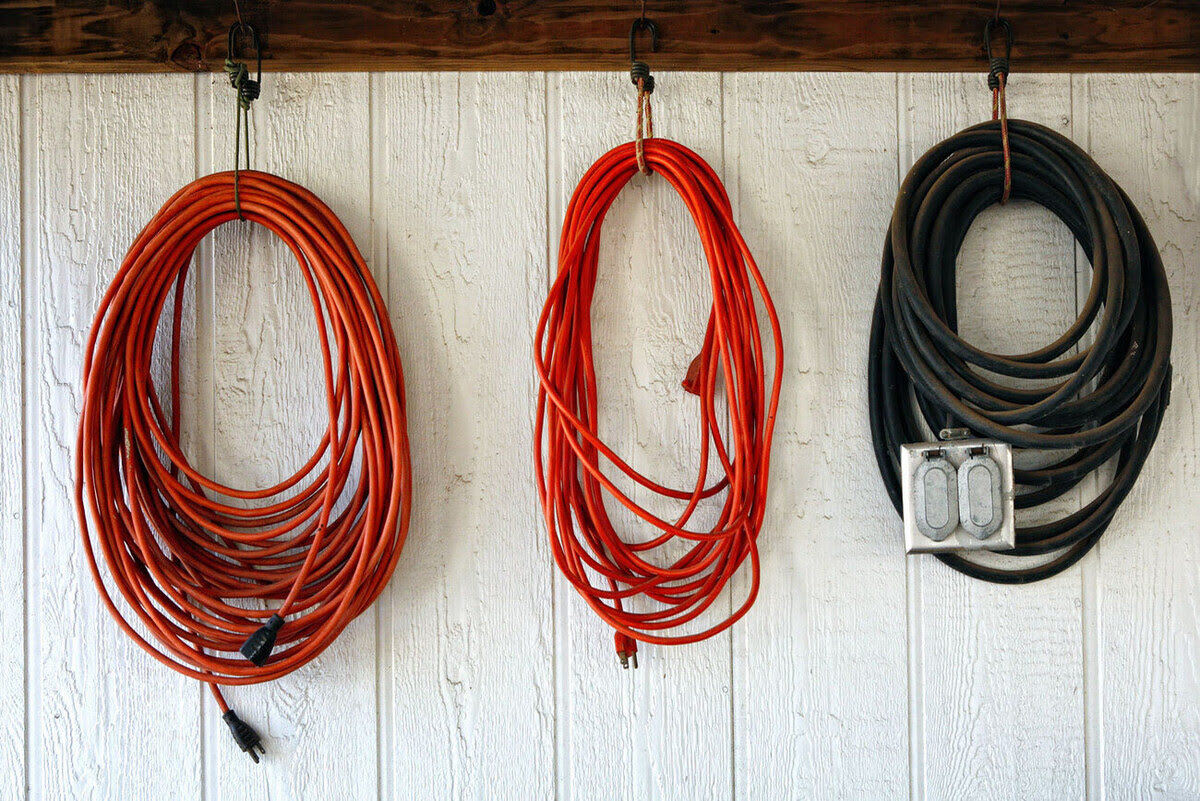
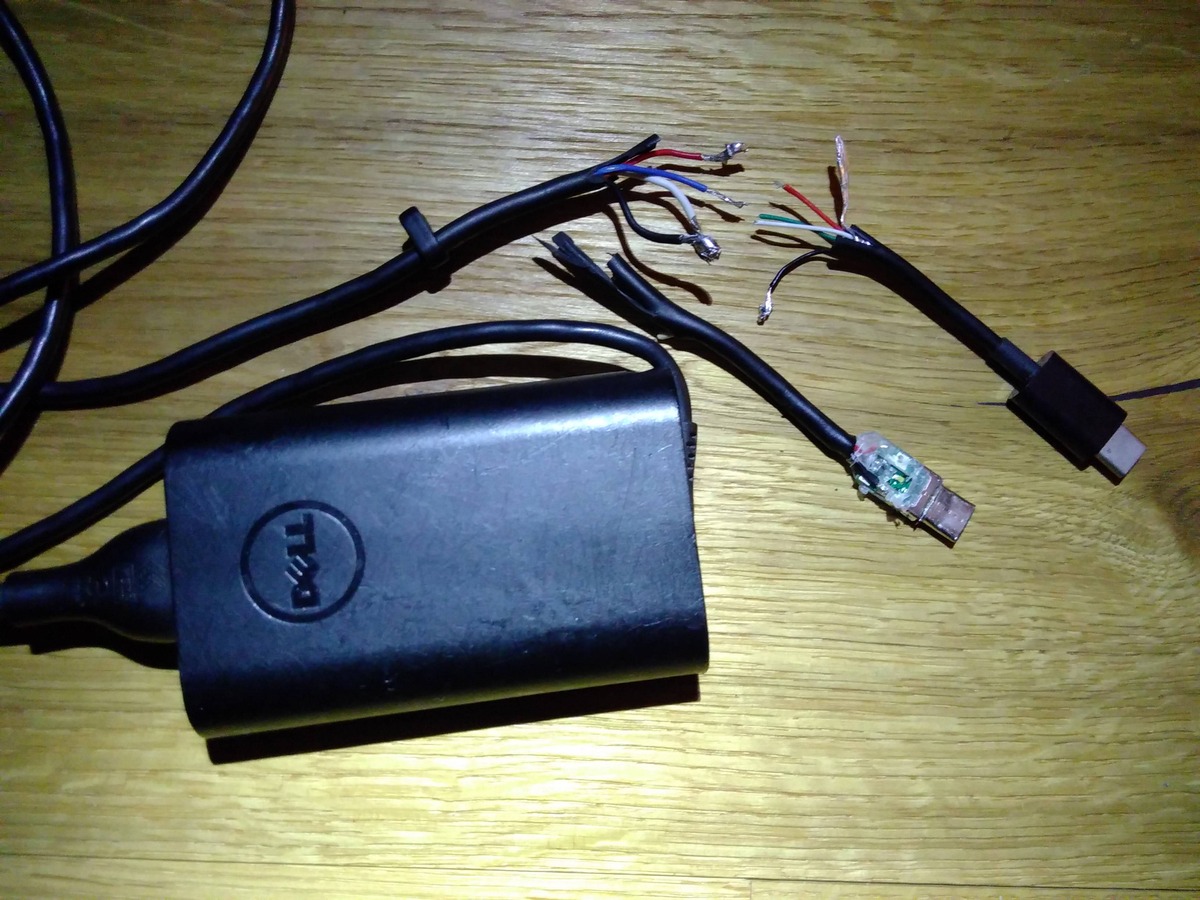
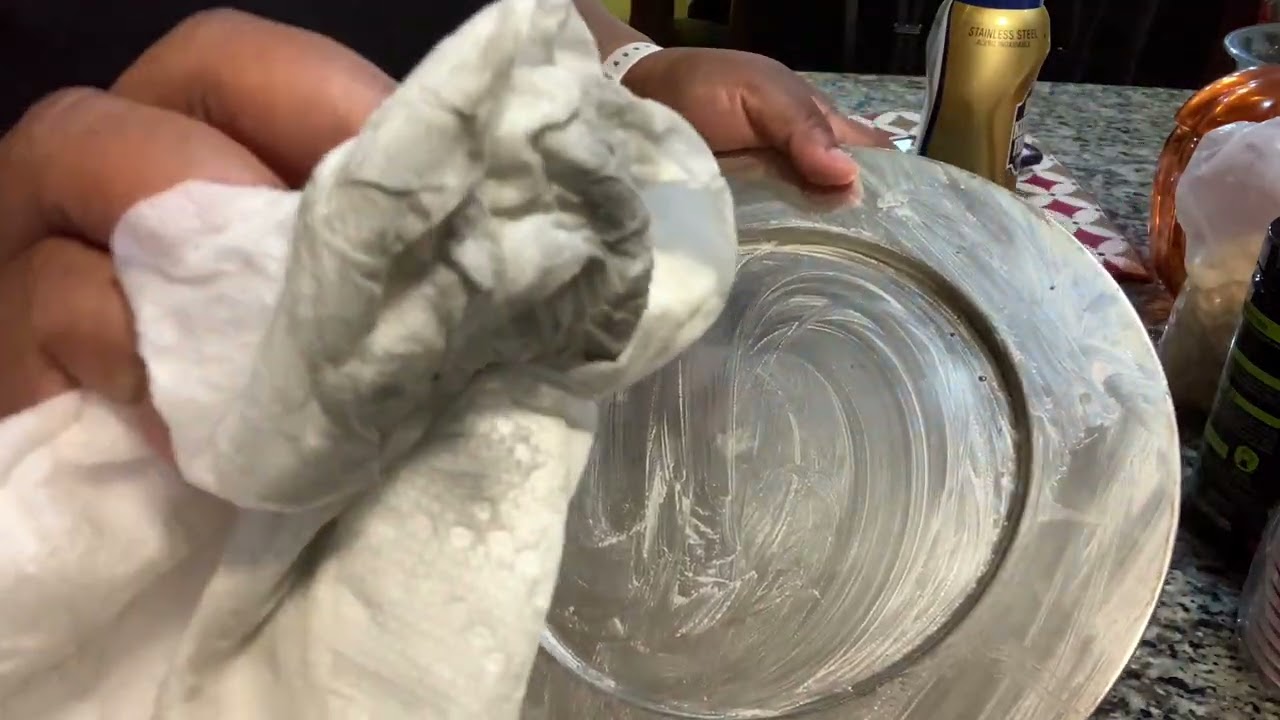


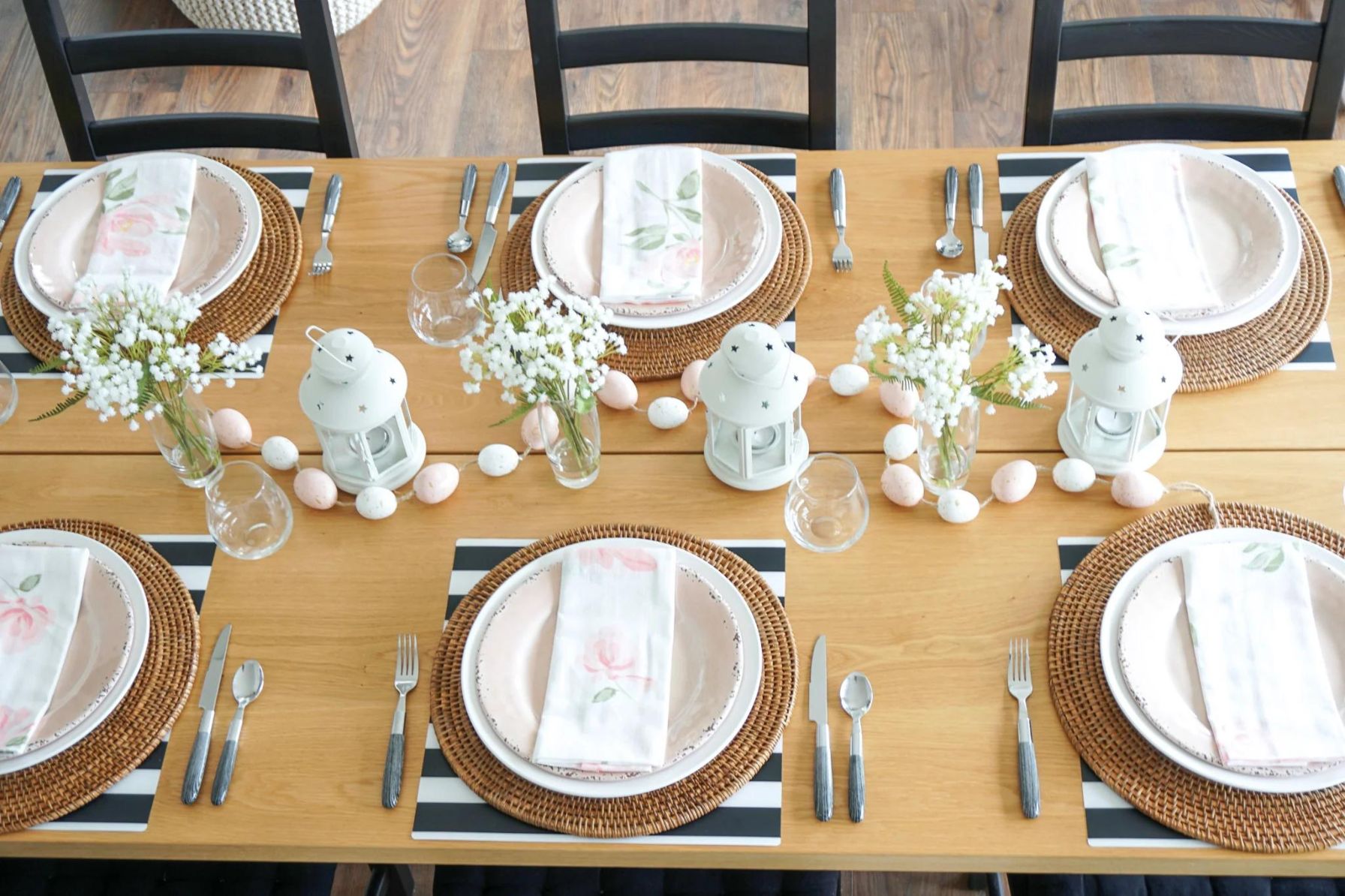

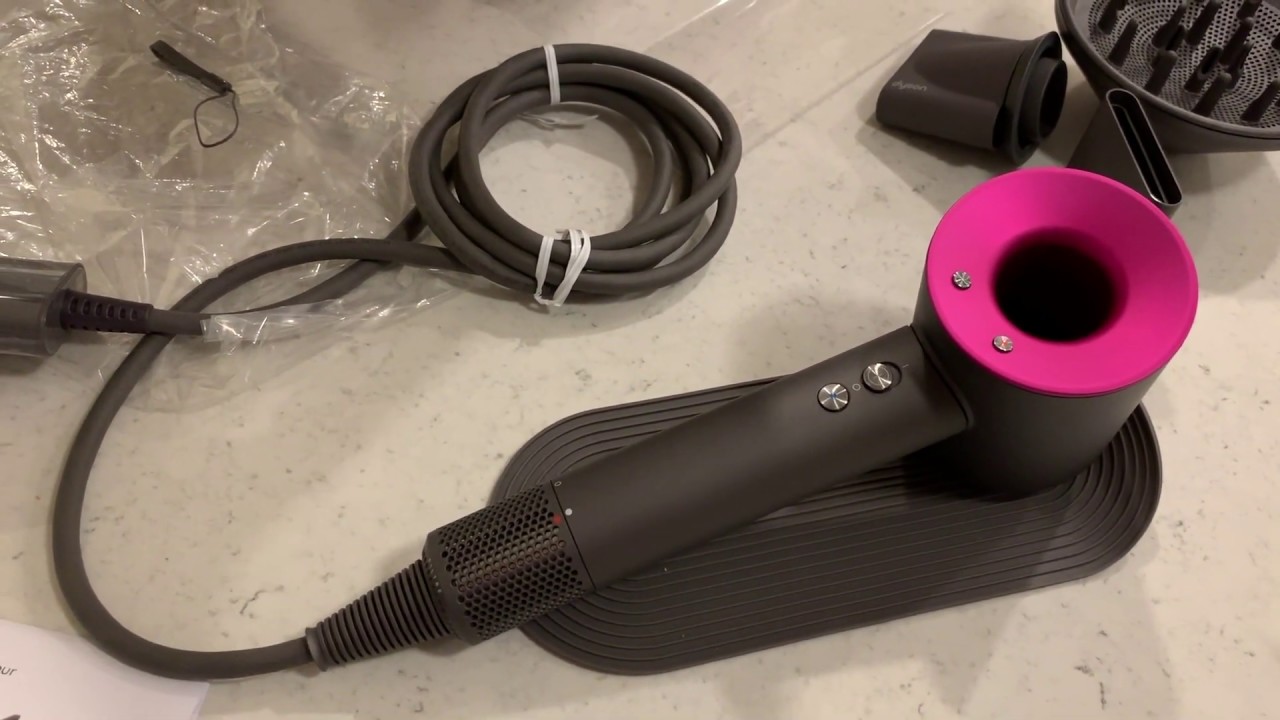




0 thoughts on “How To Store Charger Cords”